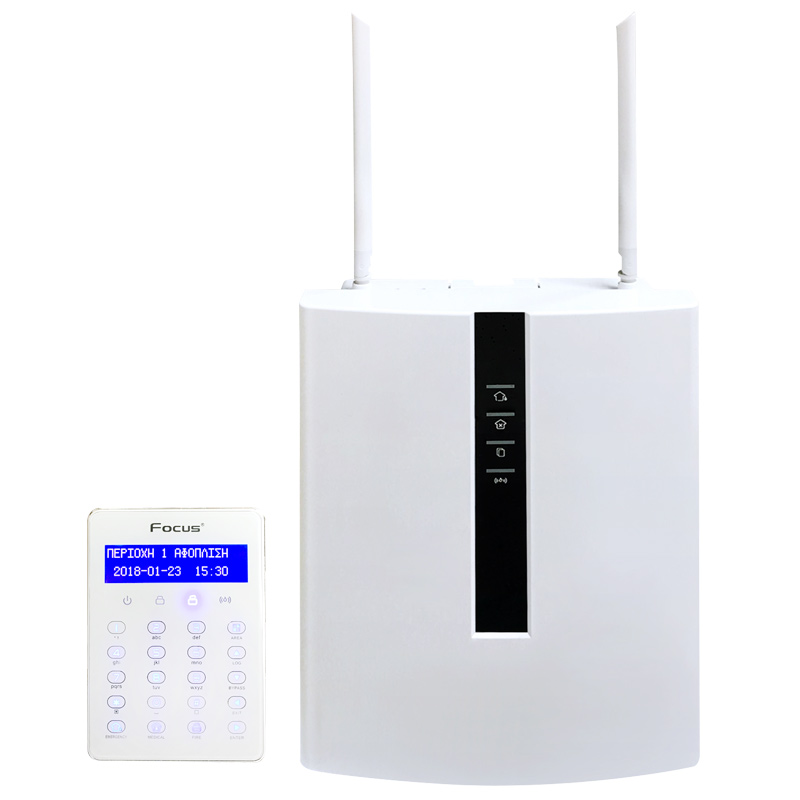Manufacturer Info
Categories
- Burglar Alarm Controller -
- Fire Alarm Systems -
- -Conventional fire alarm systems
- -Addressable Fire Alarm Systems
- -Fire Security Maintenance System
- -Fire Escape Equipment
- Perimeter Security Detectors
- Intruder Detection Systems -
- Environment Security Components
- Alarm Security Accessory -
- Smart Home System
- New Products ...
- Featured Products ...
- All Products ...
Important Links
- Meian Technology
- Hengbo security technology
- HST fire alarm system manufacturer
- Home Security and Smart Home
- Dropshipping
- Security service alarm video server
- How to Choose an Infrared Beam Detector
- New equipment for outdoor security
- How to debug infrared beam alarm
- Infrared Beam VS. Microwave Beam Detection
- UV flame detector
Currencies
Wish List [more]
Log In to be able to add this product to your Wish List.
Featured [more]
Beam break alert 4G app monitor alarm notify
$182.00 $169.00

FC-7664Pro Security System 2G and TCP/IP alarm
$179.00 $159.00
Manufacturers
More Information
Copyright © 2026 Vedard Security Alarm Systems. Powered by Vedard Security Alarm Technology

